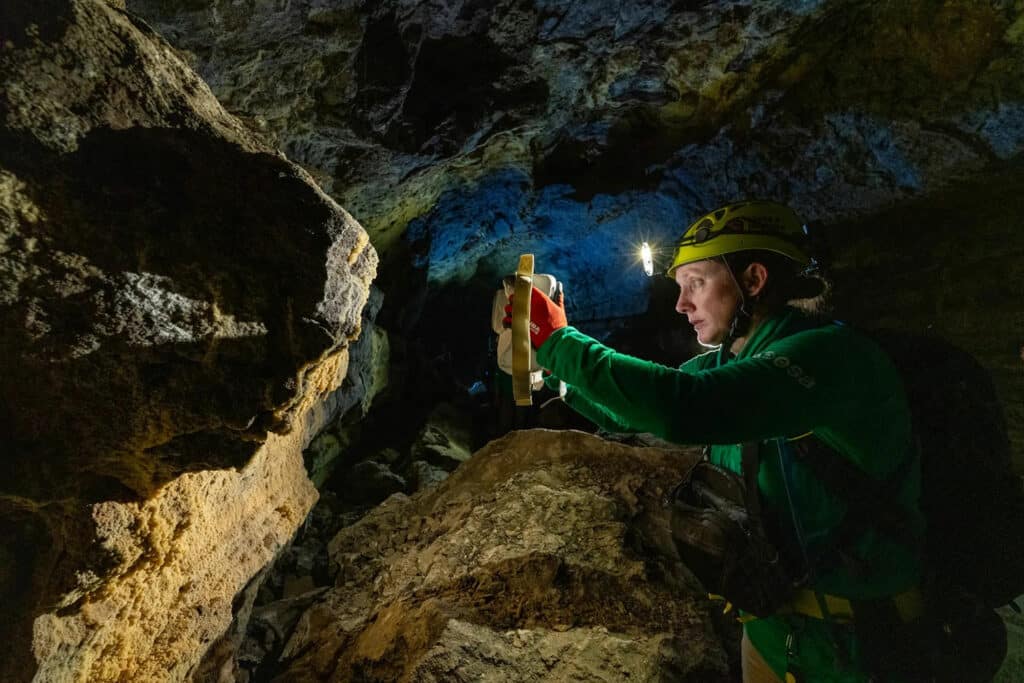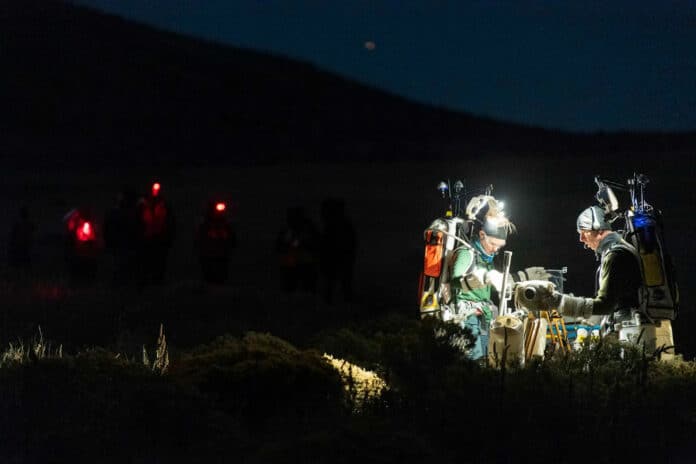When NASA sends astronauts to the South Pole region of the Moon for the first time with its Artemis campaign, the mission will not only explore the lunar surface but also collect valuable data and images for scientific purposes. Astronauts will capture photos with a handheld camera to help advance scientific research and discovery for the benefit of all.
To achieve this, NASA recently signed a Space Act Agreement with Nikon to develop a handheld camera that can operate in the harsh lunar environment, beginning with Artemis III.
To photograph the lunar South Pole region, a specialized camera technology is required that will manage the extreme lighting conditions and temperatures unique to the area. The agreement with Nikon will enable NASA to have a space-rated camera ready for use on the lunar surface without needing to develop one from scratch.
The space agency performed initial testing on a standard Nikon Z 9 camera to determine the necessary specifications for a lunar camera. With this agreement in place, NASA and Nikon are working together to develop the Handheld Universal Lunar Camera (HULC), the agency’s next-generation camera astronauts will use on the Moon.
The resulting design consists of a modified Nikon Z 9 camera and Nikkor lenses, NASA’s thermal blanket, which will protect the camera from dust and extreme temperatures, and a custom grip with modified buttons developed by NASA engineers for easier handling by suited crewmembers wearing thick gloves during a moonwalk.

Additionally, the camera will incorporate the latest imagery technology and will have modified electrical components to minimize issues caused by radiation, ensuring the camera operates as intended on the Moon. This camera is designed to be a handheld mirrorless camera that can capture imagery in low-light environments.
Additionally, the new lunar camera will have a viewfinder and video capabilities, allowing it to capture still imagery and video on a single device. To ensure that the camera works well on the lunar surface, NASA is conducting thermal, vacuum, and radiation testing on it to see how it behaves in a space-like environment.
It will be tested at the International Space Station before its use on the Moon. Astronauts from NASA, ESA, and JAXA have already used cameras to capture imagery of geology tasks during simulated moonwalks in Arizona and geology training in Lanzarote, Spain.
NASA crewmembers will be using a camera during the Joint Extravehicular Activity and Human Surface Mobility Test Team Field Test #5. This analog mission in Arizona will involve simulated moonwalks in the desert to practice lunar operations.
This is all part of NASA’s Artemis campaign, which aims to land the first woman, the first person of color, and its first international partner astronaut on the surface of the Moon. The mission will pave the way for a long-term lunar presence and serve as a stepping stone to send the first astronauts to Mars.
